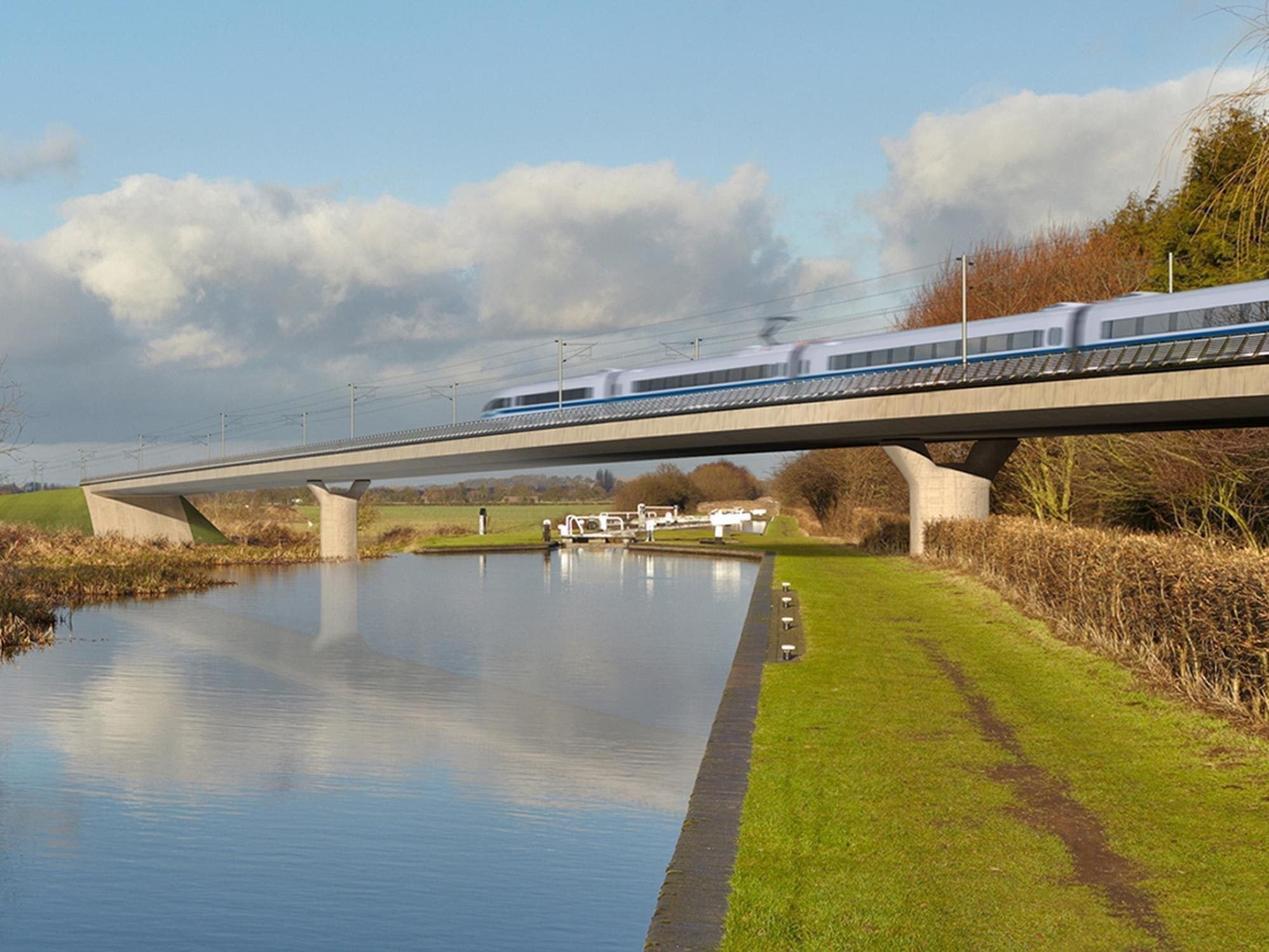This website uses cookies so that we can provide you with the best user experience possible. Cookie information is stored in your browser and performs functions such as recognising you when you return to our website and helping our team to understand which sections of the website you find most interesting and useful.

More than 100 ancient woodlands and vast swathes of “irreplaceable” natural habitat will be destroyed if HS2 goes ahead in its current format, a new report has warned.
Wetlands, wildflower meadows and historic wood pasture – including five sites of international importance – would all either be lost or significantly damaged by the new line, according to the study compiled by The Wildlife Trusts.
Already endangered species including the willow tit, white-clawed crayfish and dingy skipper butterfly would be at risk of localised extinction in areas dissected by the £88 billion project, it adds.
"The figures are grim and the reality is worse,” said Nikki Williams, the trusts’ director of campaigns and policy. “HS2 will destroy precious carbon-capturing habitats if it's allowed to continue in its current form. It will damage the very ecosystems that provide a natural solution to the climate emergency."
Preparatory work on the mammoth infrastructure project – which will connect London to Leeds, Manchester and Birmingham – has already started in the capital.
Created with Sketch.
Created with Sketch.
1/3 08-hs2environmental1-al.jpg
At risk: The line will plough through the breeding site of the Bechstein’s bat
Alamy
2/3 08-hs2environmental2-gt.jpg
Otters may be at risk from the HS2 line
Getty Images
3/3 08-hs2environmental3-epa.jpg
Badgers' habitats may also be in danger
EPA
1/3 08-hs2environmental1-al.jpg
At risk: The line will plough through the breeding site of the Bechstein’s bat
Alamy
2/3 08-hs2environmental2-gt.jpg
Otters may be at risk from the HS2 line
Getty Images
3/3 08-hs2environmental3-epa.jpg
Badgers' habitats may also be in danger
EPA
But the new study – released on Wednesday and the most comprehensive assessment yet into potential wildlife damage – will throw more doubt on a scheme long dogged by spiralling costs, faltering political support and huge localised opposition.
Among its other key findings are that 33 sites of special scientific interest will be damaged or destroyed, 21 designated nature reserves be all but wiped off the map and 108 ancient woodlands dissected.
Well-known and much-loved areas effected will include the Great Manchester Wetlands and Yorkshire’s Water Haigh Woodland Park.
And, although HS2 Ltd – the company set up to oversee the project – has said it will create a green corridor along the route, the Wildlife Trusts said it was an inadequate replacement for land lost.
Hilary McGrady, director general of the National Trust which provided data for the report, said: "As Europe's largest project of its kind, HS2 Ltd has a vital responsibility to lead by example and get this right by delivering a net gain for nature.
"We recognise that designing the railway is a long process but plans for HS2 must not end up cutting corners at the expense of the environment."
HS2 Ltd has long said it would deliver a railway that “respects” the natural environment.
According to the company’s website, seven million new trees and shrubs will be planted – more than double the amount it says will be effected by the project – along with the creation of 1.5 square miles of wildlife habitat.
A spokesperson said: “The number of sites presented in this report as being ‘at risk of loss, or significant impact’ simply isn’t accurate.”



 Africana55 Radio
Africana55 Radio 

